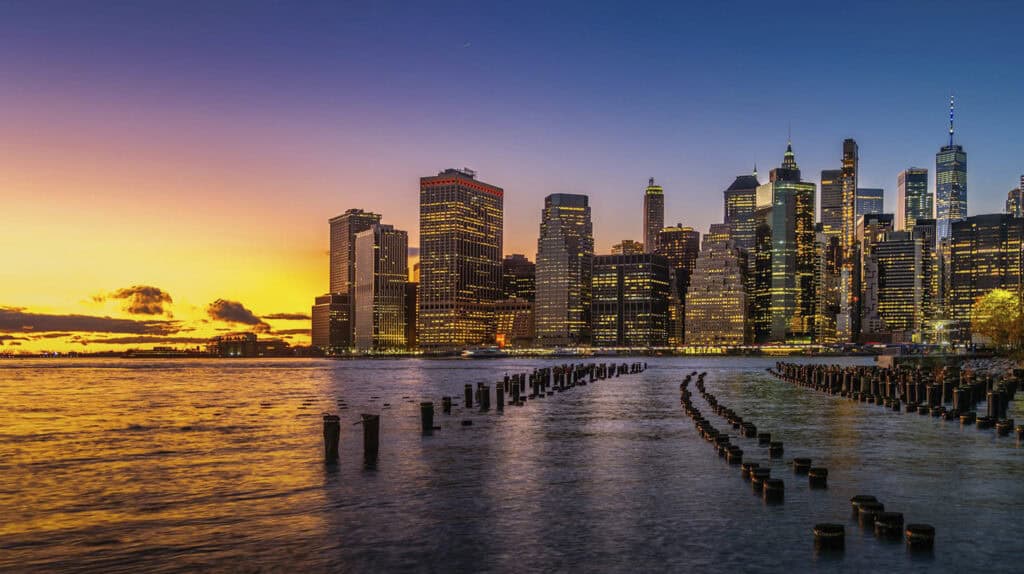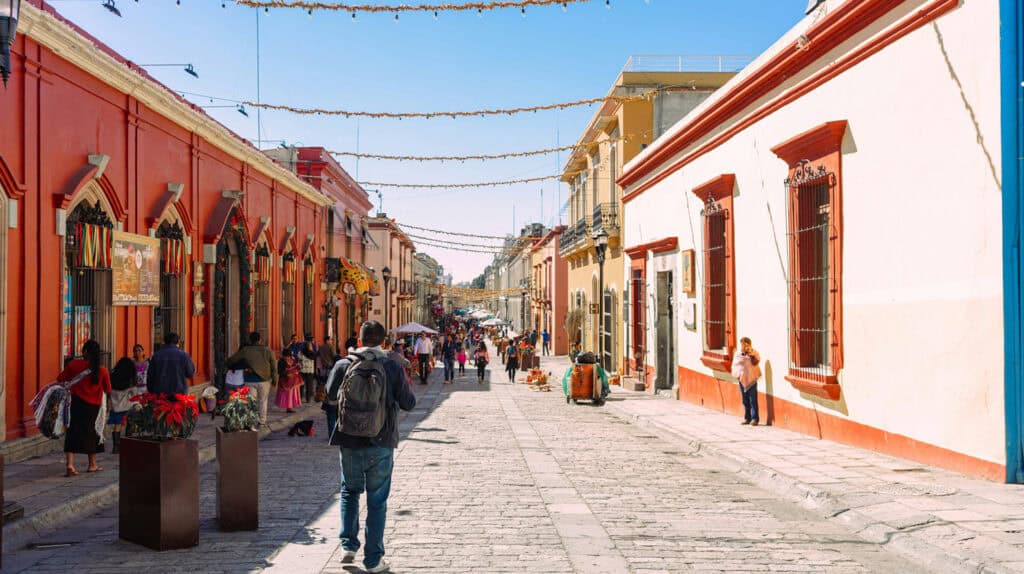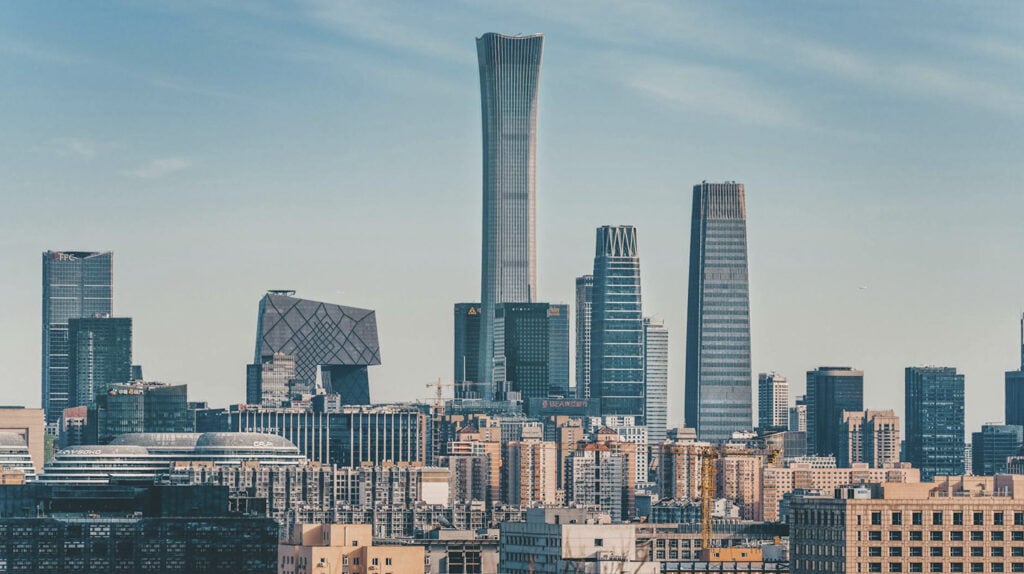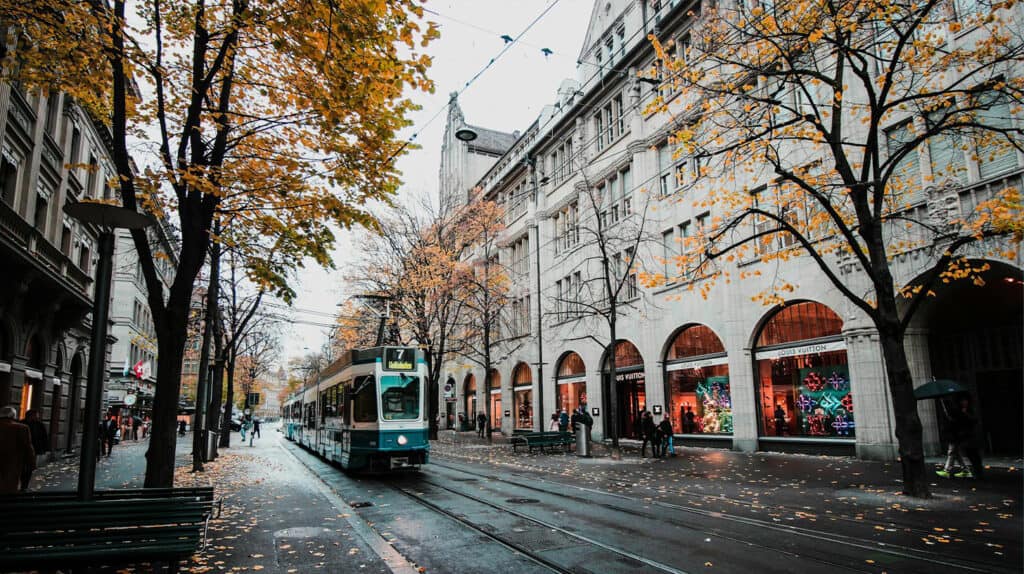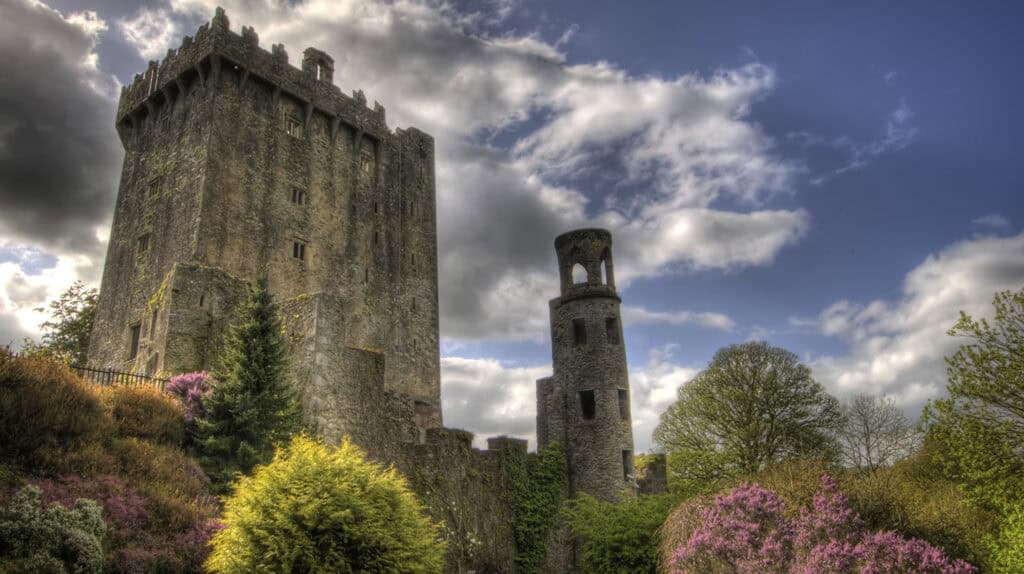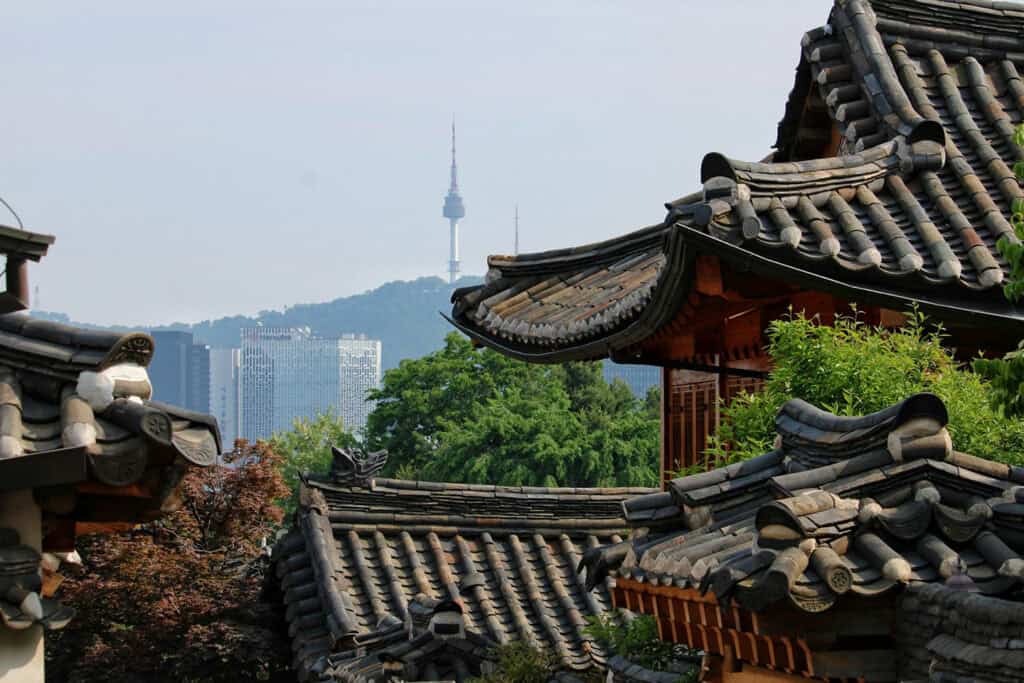
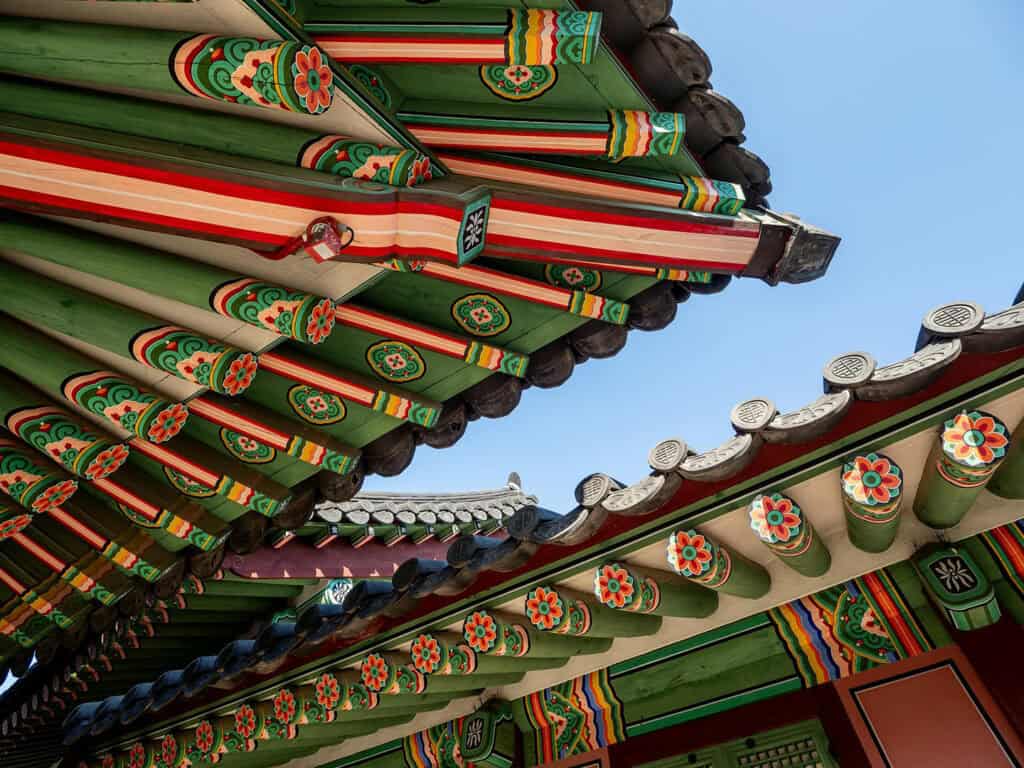
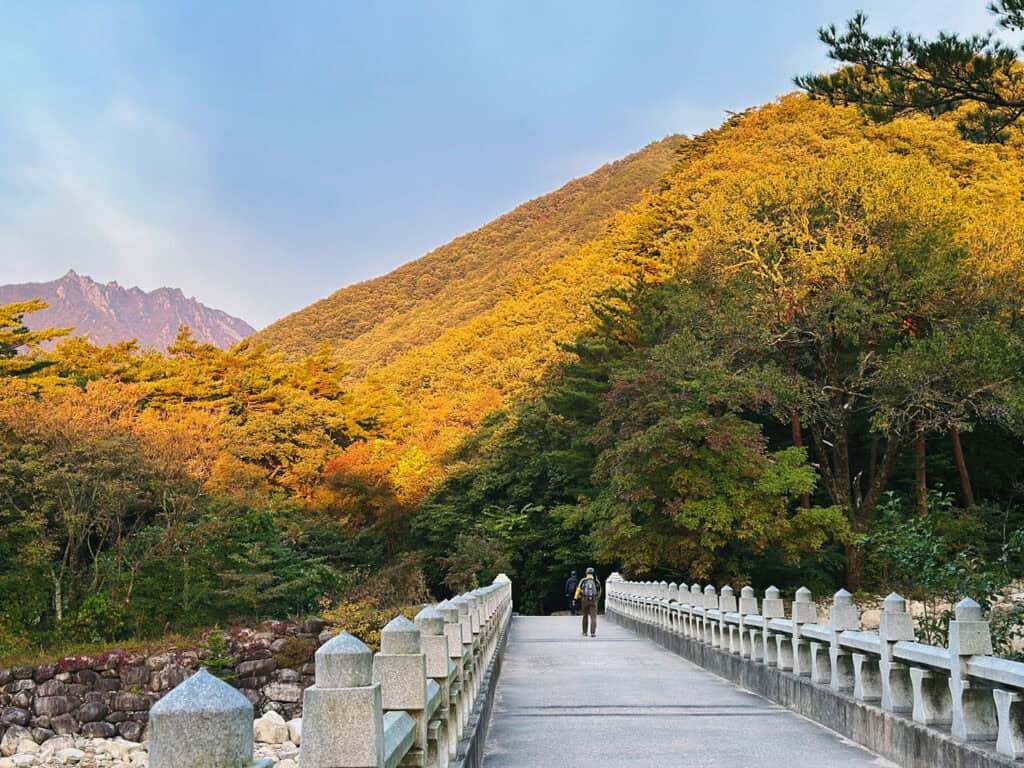
At Landmarks Architects, we know the thrill and challenges of planning an architectural trip. We’re here to guide you through every step of your adventure.
In this article, we will cover:
- Iconic landmarks that define South Korea’s cultural heritage
- Historical sites that reveal the country’s fascinating past
- Natural wonders that showcase stunning landscapes
- Modern marvels that reflect South Korea’s innovative spirit
Join us as we journey through the iconic sites that illustrate South Korea’s rich heritage!

3 Iconic Korean Landmarks
South Korea has many iconic landmarks. They reflect its rich culture and history. Uncover three famous landmarks, each showcasing the beauty and spirit of South Korea.
1. N Seoul Tower

N Seoul Tower, also known as Seoul Tower, is a prominent landmark situated in Central Seoul. Standing at 236 meters, it offers panoramic views of the city and surrounding areas. It is a popular tourist spot. Couples often visit to lock love padlocks on the fences.
2. Gyeongbokgung Palace
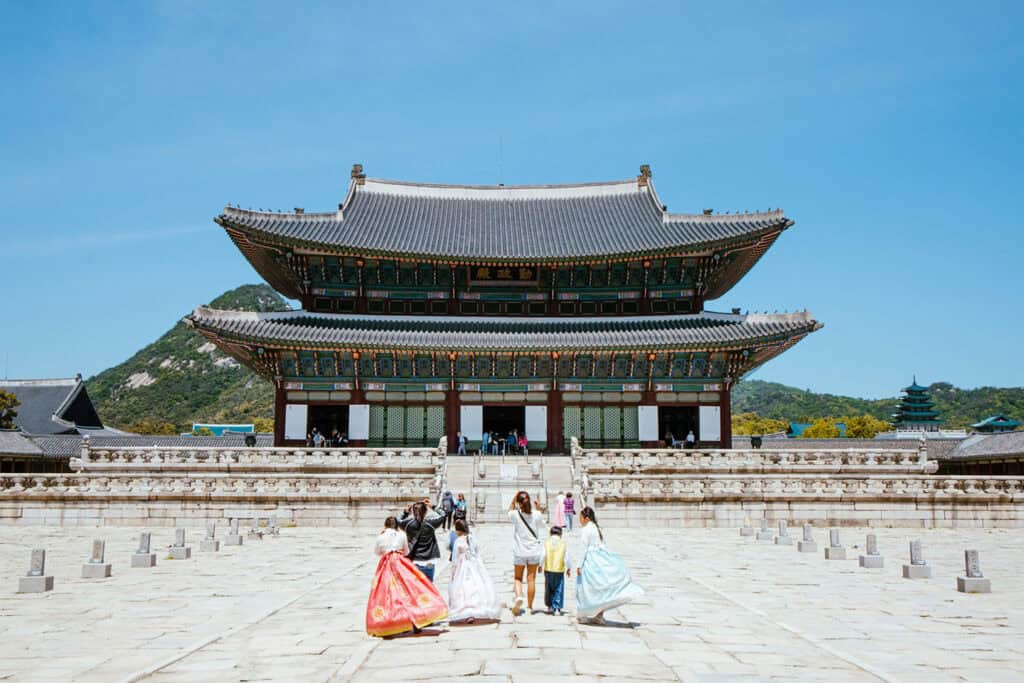
Gyeongbokgung Palace is a historic site in South Korea. The Joseon Dynasty built it in 1395. It showcases traditional Korean architecture and houses the National Palace Museum.
The palace has beautiful gardens and grand halls. They are key to understanding Korean history.
3. Lotte World Tower
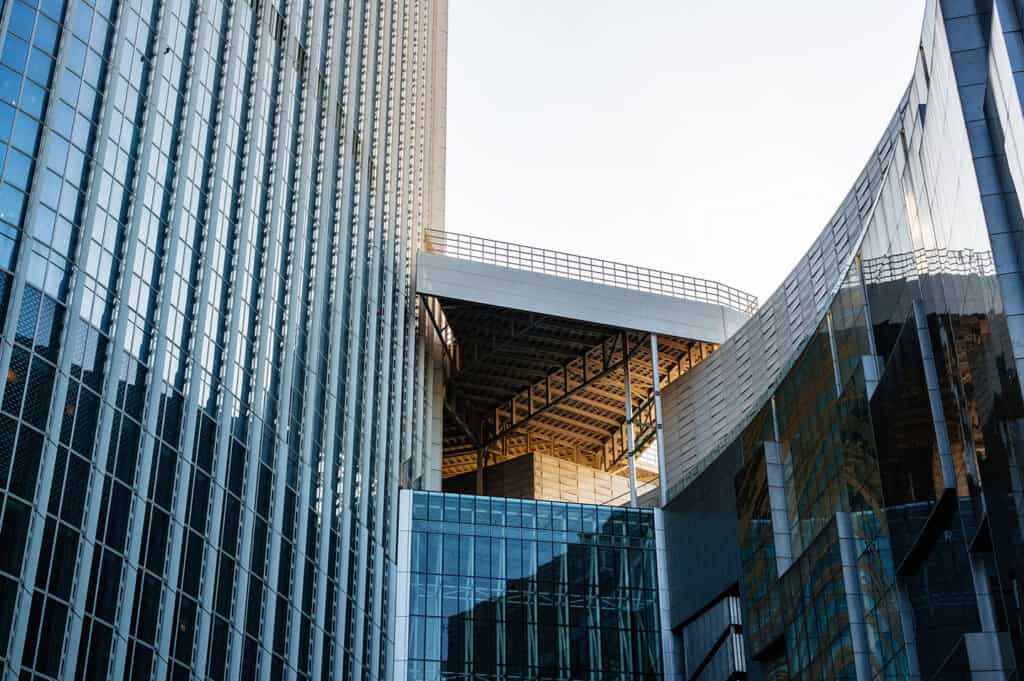
Lotte World Tower is the tallest building in South Korea, reaching 555 meters. It features shopping, dining, and an observation deck that offers breathtaking views. Lotte World Tower is a landmark. It blends modern design and cultural importance.
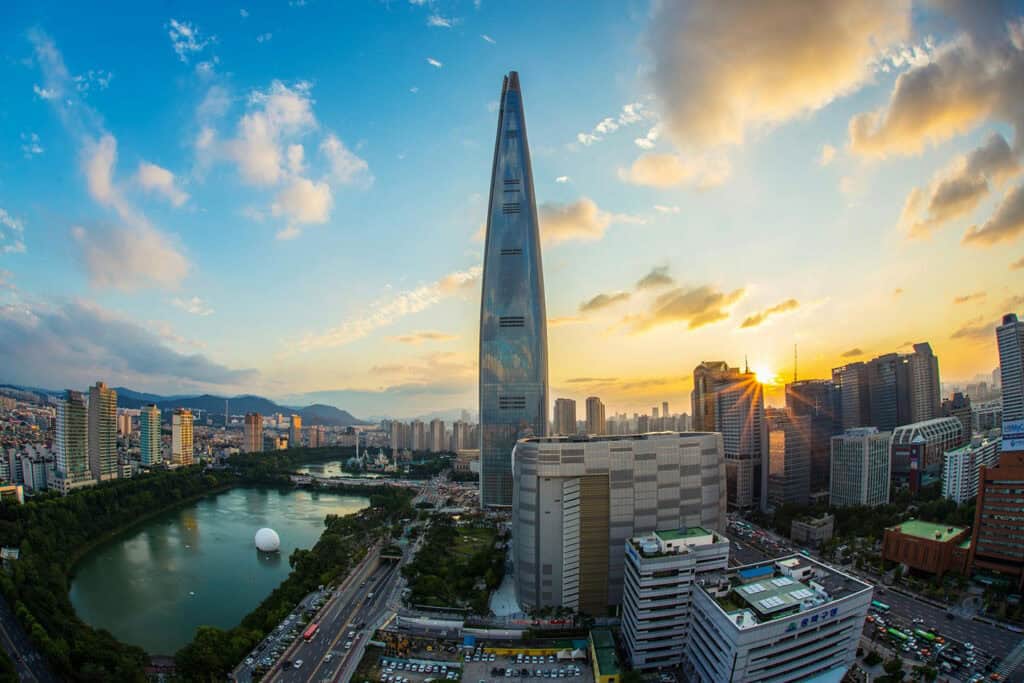
See also Jamaica Landmarks: 8 Must-See Attractions for Every Traveler
Historical Landmarks
South Korea’s cultural heritage lives in its historic landmarks. They reveal the nation’s vibrant history and timeless traditions.
4. Changdeokgung Palace
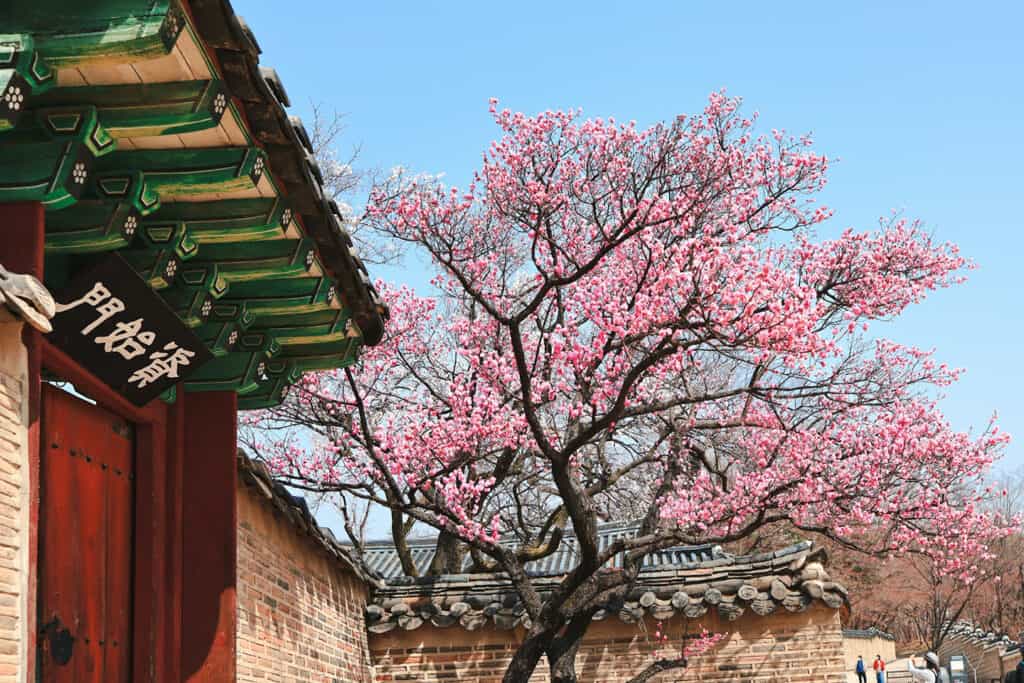
Changdeokgung Palace, founded in the early 15th century, is a UNESCO World Heritage Site. It is famous for its harmony with the natural landscape. The Secret Garden, in the palace grounds, is a quiet retreat.
It has traditional Korean landscaping, with ponds, stone lanterns, and ancient trees.
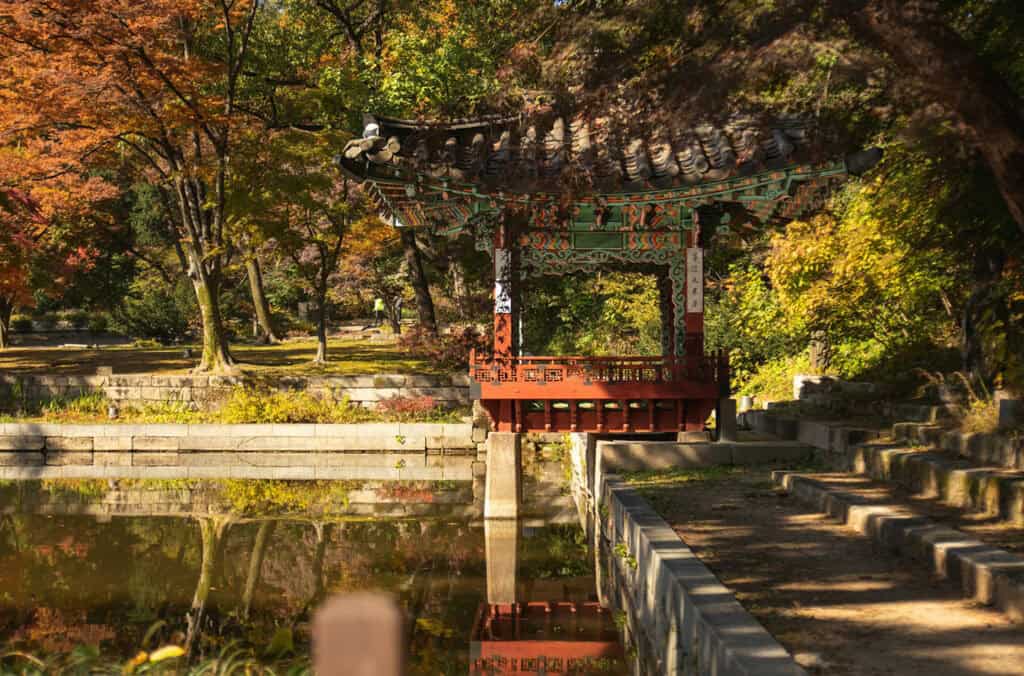
This site shows Korean architecture. It reflects Confucian ideals, which stress harmony between nature and humanity.
5. Bulguksa Temple
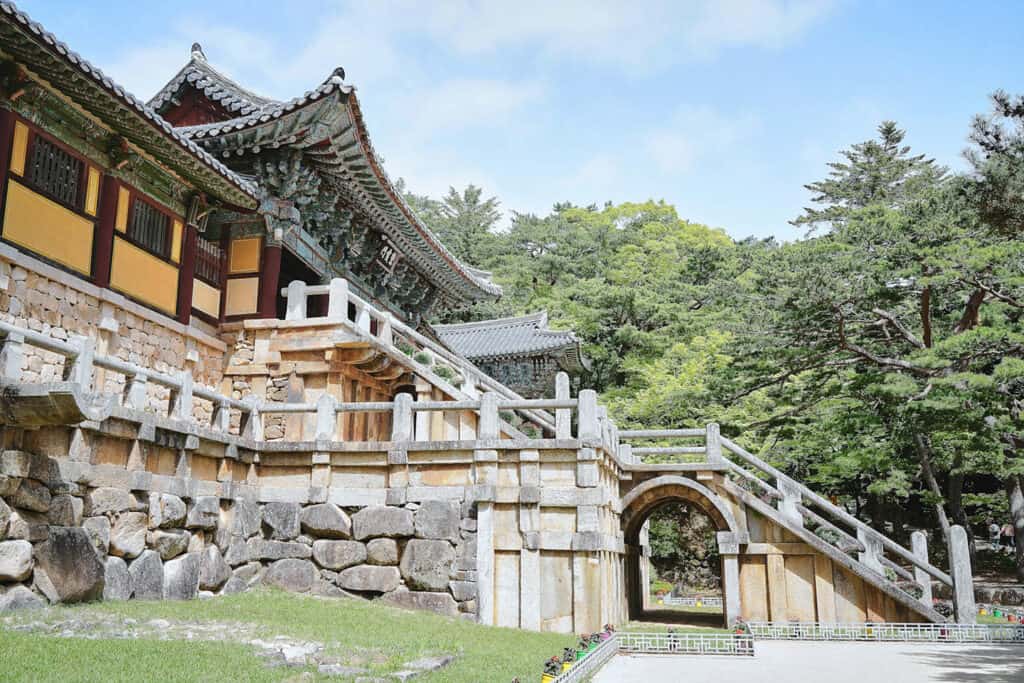
Bulguksa, built during the Silla Kingdom in the 8th century, is a UNESCO World Heritage Site. Bulguksa Temple, the pinnacle of Korean Buddhism, has unique architecture.
It blends stone and wood, with intricate carvings of Buddhist motifs. This site highlights the spiritual and artistic achievements of ancient Korea.
6. Bukchon Hanok Village
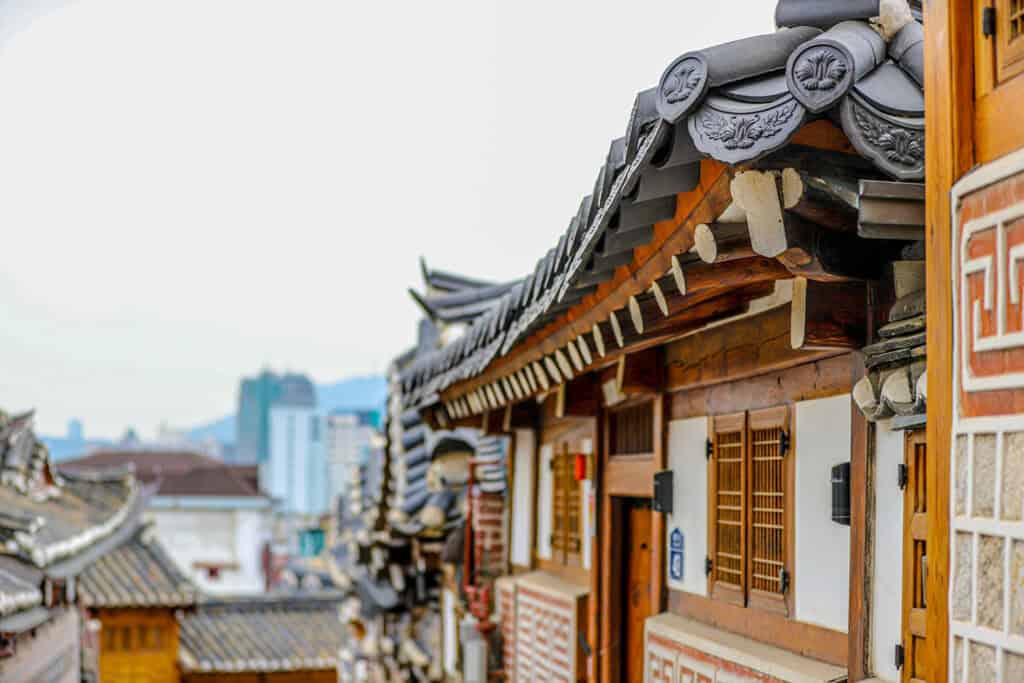
Bukchon Hanok Village, in central Seoul, preserves traditional Korean houses, or hanoks. This village, from the Joseon Dynasty, shows old lifestyles. Bukchon is a key cultural heritage site. It shows the endurance of Korean traditions amid a fast-changing city.
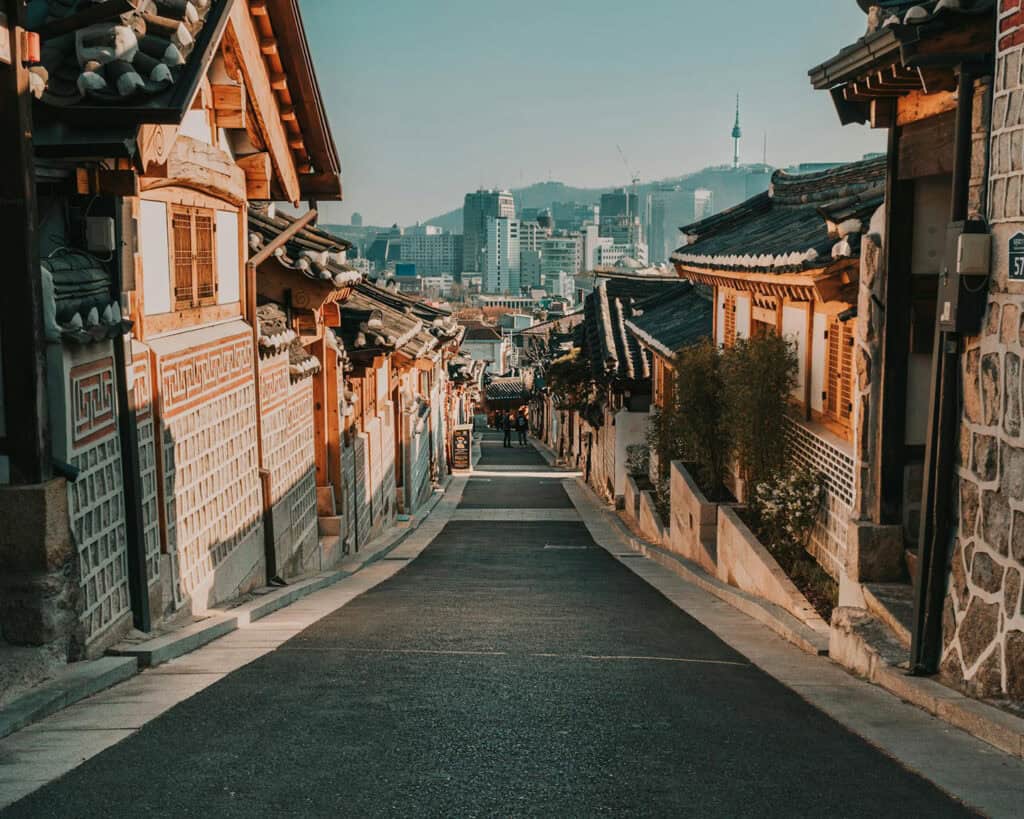
Natural Landmarks
Korea’s famous natural landmarks embody the country’s rich geography and cultural significance. Discover how these sites reveal the essence of South Korea’s diverse heritage!
See also: Indonesia Landmarks : Top 10 Architectural Wonders
7. Seoraksan National Park
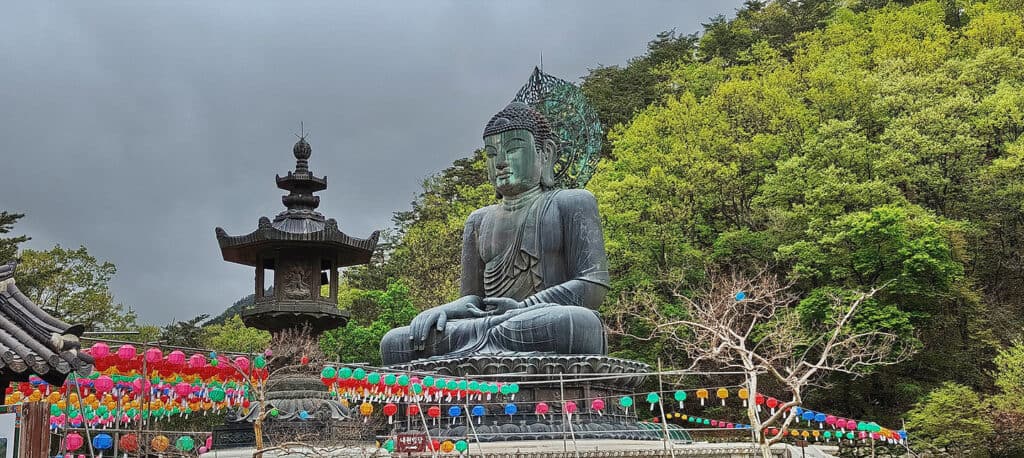
Seoraksan National Park is renowned for its stunning mountain landscapes and diverse ecosystems. Established in 1970, it features the iconic Seoraksan Peak, which rises to 1,708 meters.
The park is a hub for hikers. It has trails through dense, wildlife-rich forests. Popular sites in the park include the ancient Sinheungsa Temple and the Osaek Valley, known for its hot springs.
Modern Landmarks
South Korea’s modern landmarks show a mix of new architecture and culture. Explore how these landmarks reflect the spirit of a dynamic and forward-thinking nation!
See also Landmarks in Peru: Explore 8 Incredible Destinations
8. Incheon International Airport
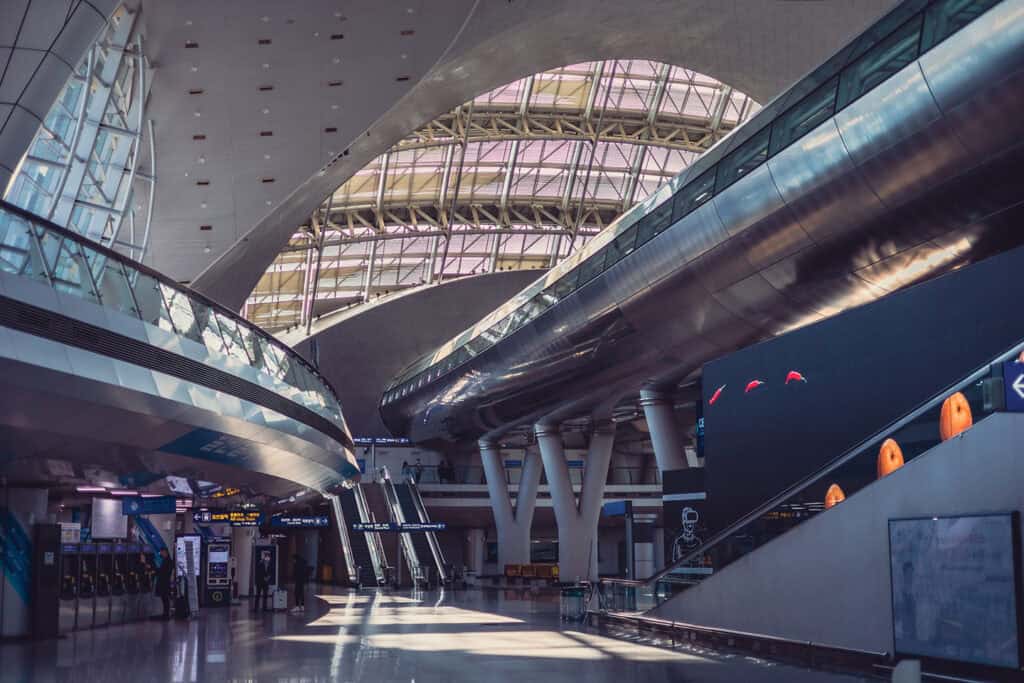
Incheon International Airport is a transport hub and a top tourist spot. Opened in 2001, it has consistently been rated one of the best airports in the world.
Additionally, its unique architectural design reflects modern influences while maintaining functionality. Incheon International serves as a gateway to South Korea.
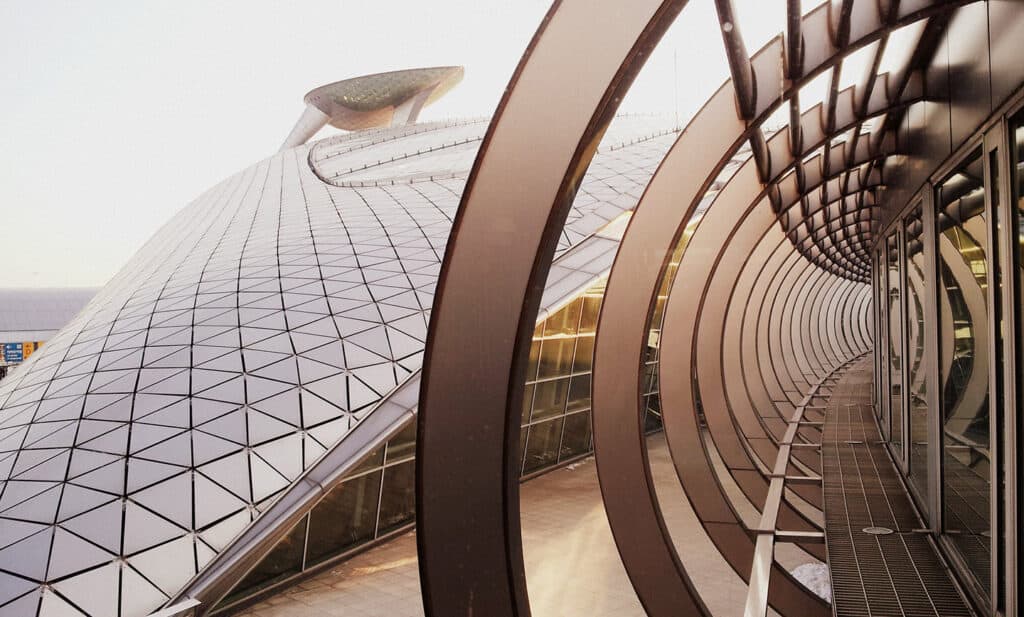
9. Dongdaemun Design Plaza
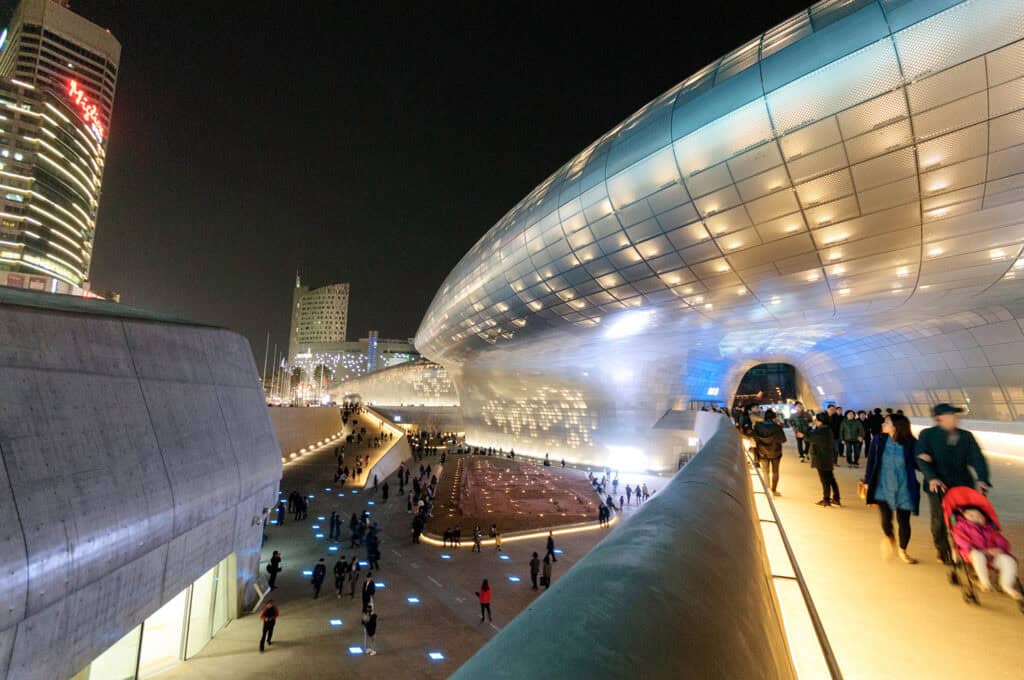
Dongdaemun Design Plaza (DDP) is an iconic cultural landmark located in central Seoul. The building, designed by Zaha Hadid, is a prime example of contemporary architecture. Its fluid, futuristic design makes it so.
Its unique LED rose garden is particularly noteworthy. DDP plays a vital role in promoting creativity and innovation in South Korea.
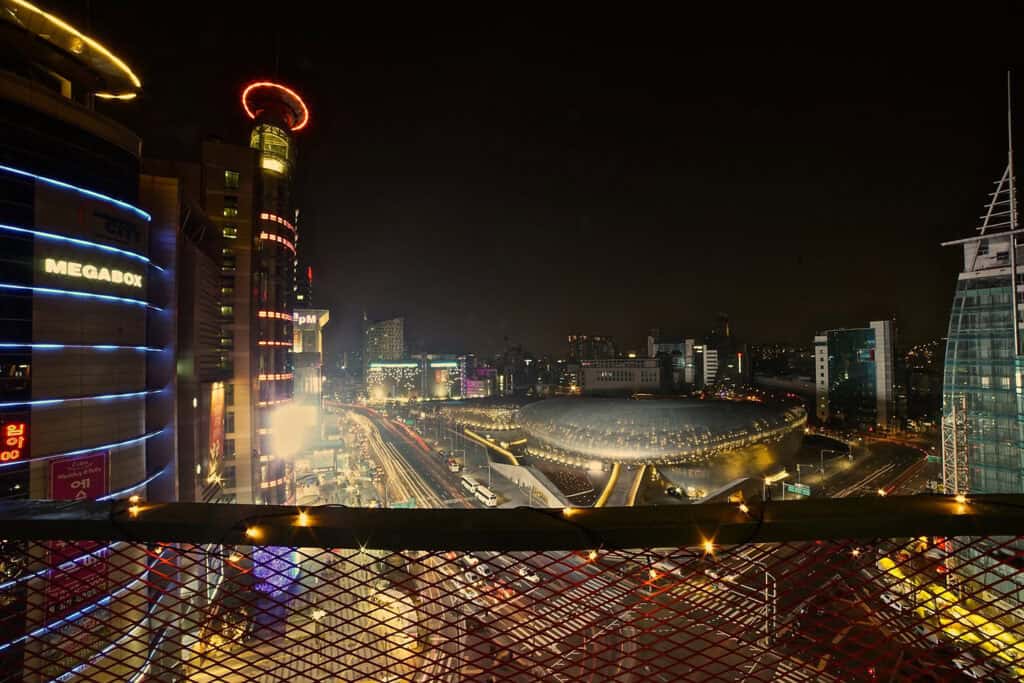
Korean Landmarks: A Recap
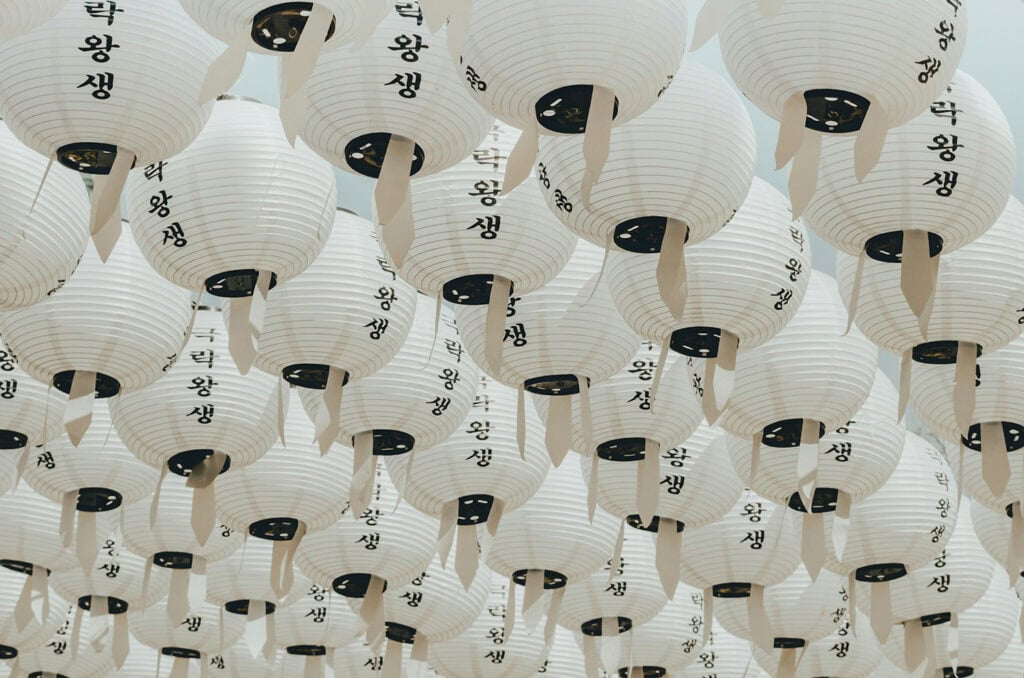
South Korea’s landmarks capture its rich culture, vibrant history, stunning nature, and modernity. These sites, ancient or modern, show a unique blend of past and present.
Ready to explore these incredible landmarks? Start a journey through South Korea’s iconic sites. Discover the stories, beauty, and innovation that define this nation!



